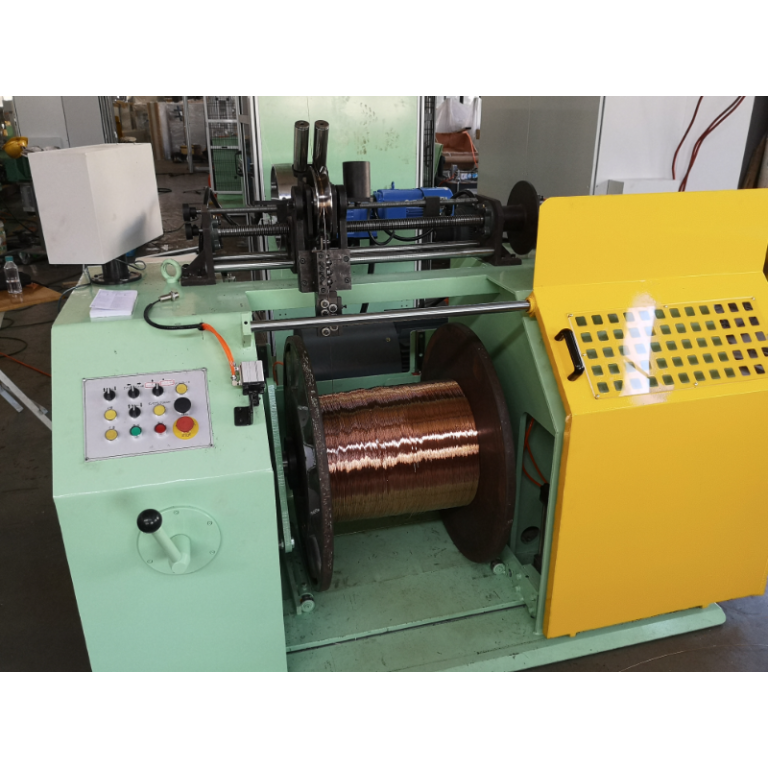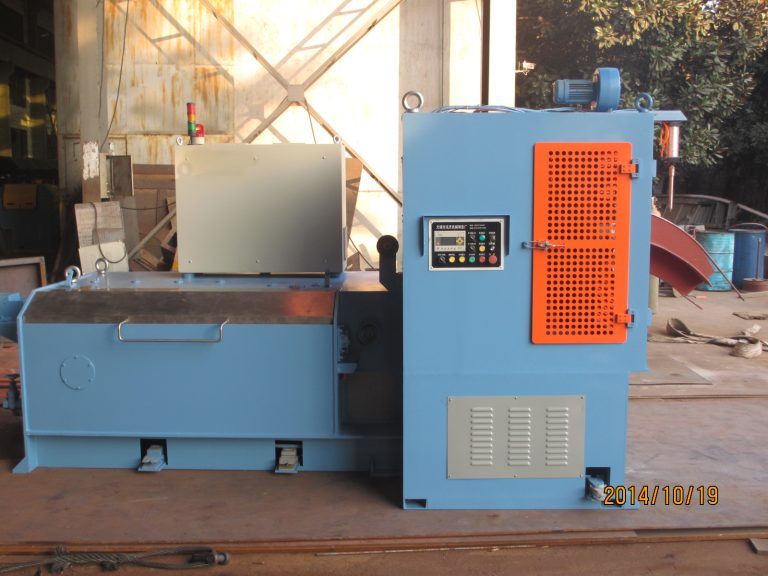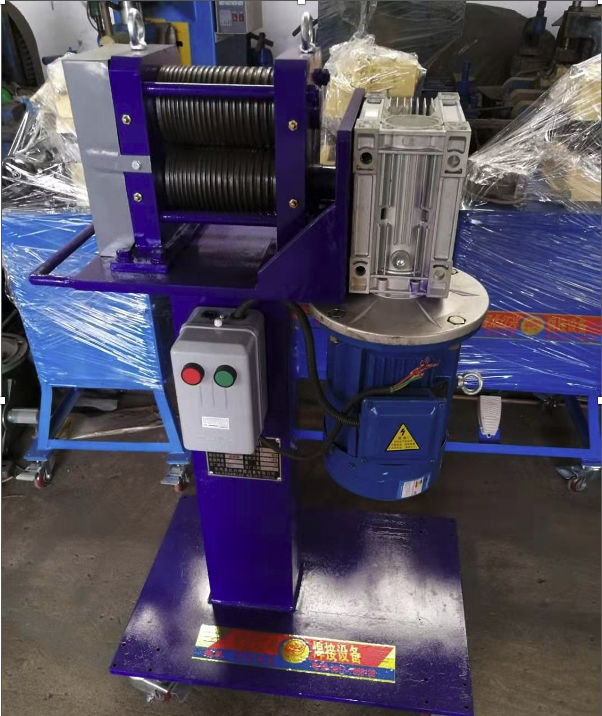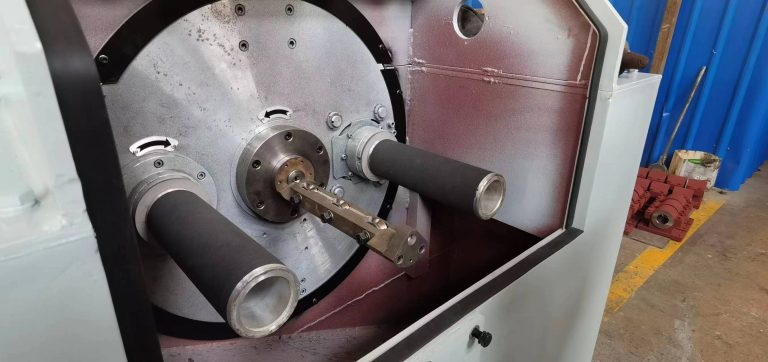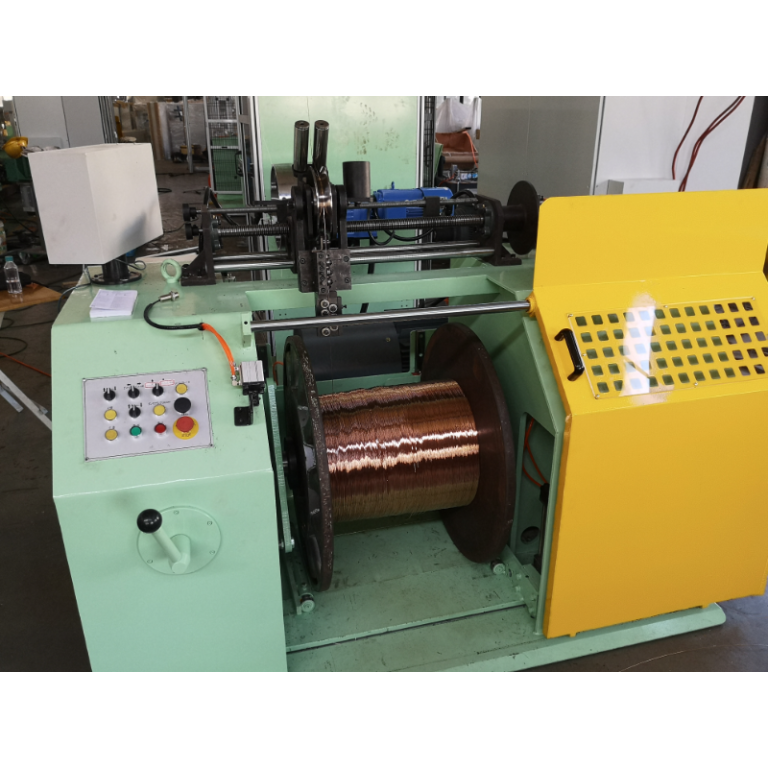The maintance Of Sanding And Descaling In Metal Fabrication
Sanding and descaling are two crucial processes in metal fabrication that are often overlooked but play a significant role in ensuring the quality and durability of the final product. Sanding involves the use of abrasive materials to smooth out rough surfaces and remove any imperfections, while Menchanical Sand Belt Descaling Machine is the process of removing scale, rust, and other contaminants from the surface of the metal. Both processes are essential for achieving a clean, smooth, and uniform finish on metal components.
One of the primary reasons why sanding and descaling are important in metal fabrication is to improve the adhesion of coatings and paints. When metal surfaces are rough or contaminated with scale and rust, it can be challenging for coatings to adhere properly, leading to premature failure and corrosion. By sanding and descaling the metal surface, the adhesion of coatings is significantly improved, ensuring a long-lasting and durable finish.

In addition to improving adhesion, sanding and descaling also help to enhance the appearance of metal components. Rough surfaces and contaminants can detract from the overall aesthetic of a metal part, making it look unprofessional and unappealing. By sanding and descaling the metal surface, a smooth and clean finish can be achieved, enhancing the visual appeal of the final product.
Furthermore, sanding and descaling are essential for ensuring the structural integrity of metal components. Rough surfaces and contaminants can weaken the metal, making it more susceptible to corrosion, fatigue, and failure. By removing imperfections and contaminants through sanding and descaling, the strength and durability of the metal are improved, ensuring that it can withstand the rigors of its intended application.
Another important reason why Sanding Belt Grinding Descaler are crucial in metal fabrication is to improve the efficiency of subsequent processes. Rough surfaces and contaminants can interfere with welding, bending, and other fabrication processes, leading to defects and inconsistencies in the final product. By sanding and descaling the metal surface, these issues can be minimized, allowing for smoother and more efficient fabrication processes.
It is important to note that sanding and descaling should be done with care and precision to avoid damaging the metal surface. Improper sanding techniques or the use of abrasive materials that are too harsh can result in scratches, gouges, and other defects that can compromise the integrity of the metal. It is essential to use the right tools and techniques for sanding and descaling to achieve the desired results without causing damage to the metal.
In conclusion, sanding and descaling are essential processes in metal fabrication that play a crucial role in ensuring the quality, durability, and appearance of metal components. By removing imperfections, contaminants, and rough surfaces, these processes improve the adhesion of coatings, enhance the visual appeal of metal parts, strengthen the metal, and improve the efficiency of fabrication processes.

